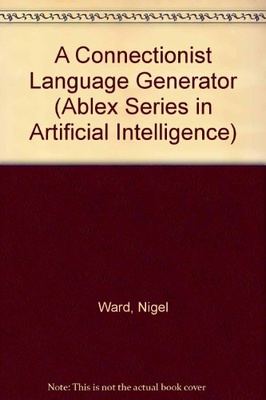Edition
Preface
Introduction
1 Motivations for this Work
2 Preview of the Model
3 Overview of the Book
2 Design Issues
1 Characteristics of the Generation Task
2 Why Previous Research has Missed the Point
3 Design Principles
4 The Principles in FIG
5 On Decisions, Algorithms, and Modules
3 Le,dcal Knowledge and Word Choice
1 Meanings of Words
2 Inference
3 Syntactic Properties of Words
4 Other Properties of Words
5 Word Choice at Run-Time
6 Summary
4 Syntactic Knowledge and Its Use
1 Motivation
2 Basics of Syntax
3 Two Details
4 An Example
5 Synergy and Competition
6 Issues and Non-issues
7 What Remains to be Done?
8 History of Syntax in FIG
9 Summary
5 Representing and Using Relational Information
1 The Problems with Case Grammars
2 Proposal
3 Participatory Profiles in FIG
4 Implications for Parsing
5 Open Issues
6 Summary
6 FIG's Grammars
1 Some Details of Syntax in FIG
2 English
3 Japanese
7 Details of FIG
1 Building the Network
2 The Input
3 Activation Flow
4 Special Processes
5 Getting the Correct Overall Behavior
6 Summary of Node and Link Types
7 Size and Speed
8 Miscellany Regarding Connectionism
1 Strengths and Weaknesses of Connectionism
2 Why Structured Connectionism?
3 Artificial Intelligence as an Experimental Science
4 Past Connectionist Generation Research
9 Human Language Production
1 Introspection
2 Pauses
3 Priming Effects
4 Errors
5 Traditional Cognitive Models
6 FIG as a Cognitive Model
10 A Model for Natural Translation
1 The Need for Natural Translation
2 Strategies for Machine Translation Research
3 Present Technologies for Machine Translation
4 Proposal
5 Design Implications
6 Philosophical and Software Engineering Issues
7 Prospects
11 In Conclusion
1 How FIG Measures Up
2 Directions for Future Work
3 What Has Been Learned
Appendix
References
Author Index
Subject Index




